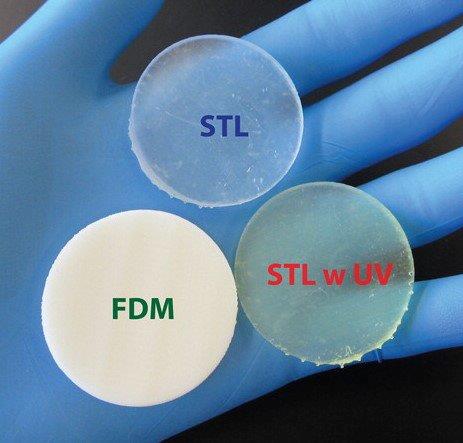FOR IMMEDIATE RELEASE
ACS News Service Weekly PressPac: November 18, 2015
3-D printed parts from some commercial devices toxic to zebrafish embryos
"Assessing and Reducing the Toxicity of 3D-Printed Parts"
Environmental Science & Technology
The recent boom in 3-D printing has driven innovations in fields as disparate as haute couture and medical implants. But little is known about the safety of the materials used. In a new study in ACS’ journal Environmental Science & Technology Letters, scientists showed that some 3-D printed parts are highly toxic to zebrafish embryos. Their findings could have implications not only for aquatic life but also for hobbyists, manufacturers and patients.
In 2012, the market for 3-D printing was worth $288 million, according to an analysis by Canalys, Inc. By 2018, its value is projected to soar to $16.2 billion. The driver for this market has largely been use in medical applications, but with prices dropping for 3-D printers, more hobbyists and small businesses are expected to adopt the technology. Some research has already raised concerns that the printed materials might cause inflammatory or allergic reactions in patients. But little work has been done to explore their potential effects on an organism’s overall health and development. William H. Grover and colleagues wanted to fill that void.
The researchers exposed zebrafish embryos to discs printed by two kinds of commercial 3-D printers: fused deposition modeling (FDM) printers and stereolithography (STL) printers. Among other problems, the embryos exposed to either type of disc showed lower survival, reduced lengths and decreased hatching rates compared to the controls. In addition, all embryos exposed to STL-printed parts had malformations and died within seven days. The researchers found that treating 3-D printed pieces with ultraviolet (UV) light for 30 minutes on each side seemed to reduce some side effects. They conclude that safe disposal strategies for 3-D printed products and waste materials are needed to protect aquatic life.

High-resolution image

